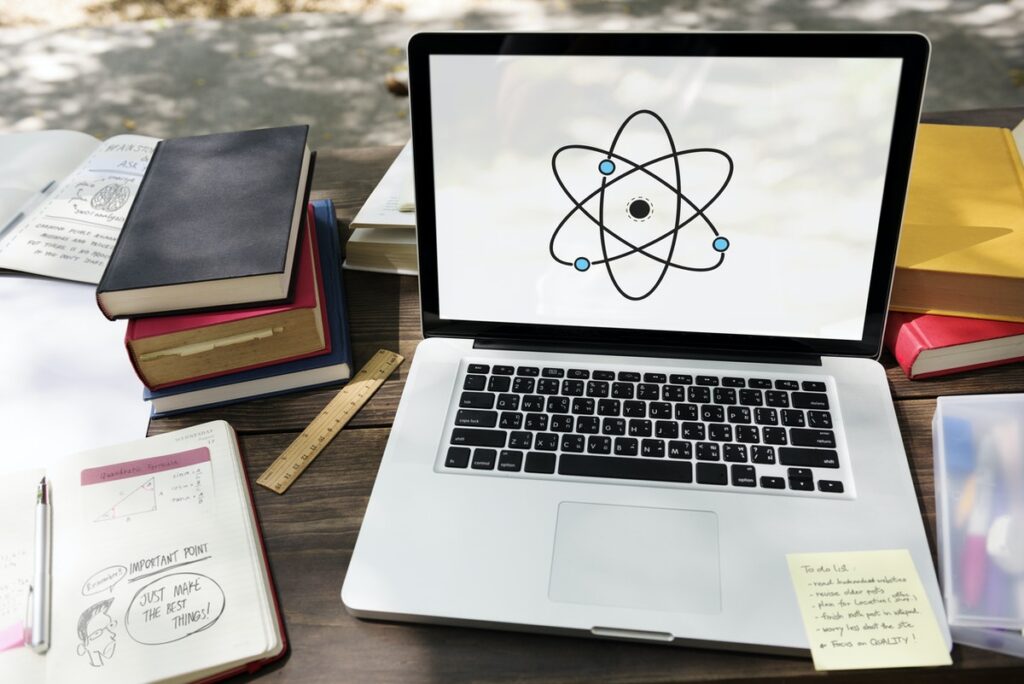Writing tenders is an essential skill for businesses looking to secure contracts with government bodies or large organisations. For beginners, this process can seem intimidating, but by following a structured approach, writing tenders can become manageable and rewarding. This guide will provide practical tips to help you navigate through the process and create compelling tender submissions.
1. Understanding What a Tender Is
Before you begin writing tenders, it’s important to understand what they involve. A tender is essentially a formal offer to provide services, goods, or work, submitted in response to a request for tenders (RFT). It outlines how your business will deliver the required services at a competitive price.
Writing tenders involves clearly communicating your solution while adhering to the legal, financial, and technical criteria outlined in the tender. Accuracy and attention to detail are key, as mistakes or omissions could disqualify your bid.
If you’re unsure how to get started, consider booking a free consultation for expert guidance on the tender process.
2. Researching the Tender Requirements
Research is the foundation of writing tenders. Each tender will come with specific requirements, and your bid must directly address these. Take time to thoroughly read and understand the RFT, paying close attention to deadlines, evaluation criteria, and any mandatory submissions.
A comprehensive understanding of the client’s needs will help you tailor your bid, ensuring that it meets all requirements. Effective research is a key part of writing tenders, as it helps you avoid common mistakes and demonstrate a full grasp of the project.
To streamline your process, you can use our tender templates, designed to cover all the key points and criteria.
3. Structuring Your Tender Response
A clear and well-organised structure is crucial when writing tenders. Start with an introduction that outlines your understanding of the project and how your business is the right fit. Follow this with detailed sections that explain your qualifications, past experiences, and the specifics of your proposal.
Each section should be logically organised, with clear headings and subheadings that align with the RFT’s criteria. By structuring your response clearly, you make it easier for the evaluator to follow and assess your bid.
For beginners, joining our tender membership program can provide access to ongoing support and resources that make structuring and writing tenders simpler.
4. Writing with Clarity and Precision
Clarity is key when writing tenders. Avoid using complex language or industry jargon unless absolutely necessary, as your evaluator might not be familiar with your field. Focus on making your points clear, concise, and relevant.
Each part of your tender should be easy to read and free from unnecessary information. Writing tenders involves directly answering the questions in the RFT, so be sure your content is focused on the client’s needs. Professionalism and simplicity often go hand in hand when crafting a successful bid.
To further refine your skills, consider taking one of our tender writing courses, designed to help you improve clarity and effectiveness.
5. Highlighting Your Unique Selling Proposition (USP)
Your unique selling proposition (USP) is what sets you apart from the competition. Highlight the specific features or services that make your business the best choice. Whether it’s your experience, innovative approach, or specialised expertise, make sure to showcase your strengths clearly when writing tenders.
Use case studies or client testimonials to back up your claims. Data-driven evidence is a powerful tool in tender writing, and evaluators are more likely to trust a bid that includes proven success stories.
6. Addressing the Evaluation Criteria
A vital part of writing tenders is addressing the evaluation criteria. These criteria are used by the client to determine which bid best meets their needs. Ensure your response to each section is clear and supported by evidence, such as timelines, past projects, or certifications.
Successful tender submissions make it easy for evaluators to match your proposal to their requirements, increasing your chances of winning the contract.
7. Proofreading and Finalising the Tender
Once you’ve finished writing your tender, take the time to proofread it thoroughly. Spelling, grammar, and formatting errors can harm your credibility, and even small mistakes can make a bad impression on the evaluator.
Before submitting, double-check that you’ve met all the requirements outlined in the RFT. Having another person review your tender can help catch any errors or inconsistencies that you may have missed during the writing process.
Ready to Win Contracts? Let BidBuddy Help You Write Successful Tenders
Writing tenders can be challenging, but with the right approach, you can greatly improve your chances of success. If you’re looking to enhance your tender writing skills, explore our tender templates, sign up for a free consultation, or join our membership for exclusive resources to help you win more contracts.








